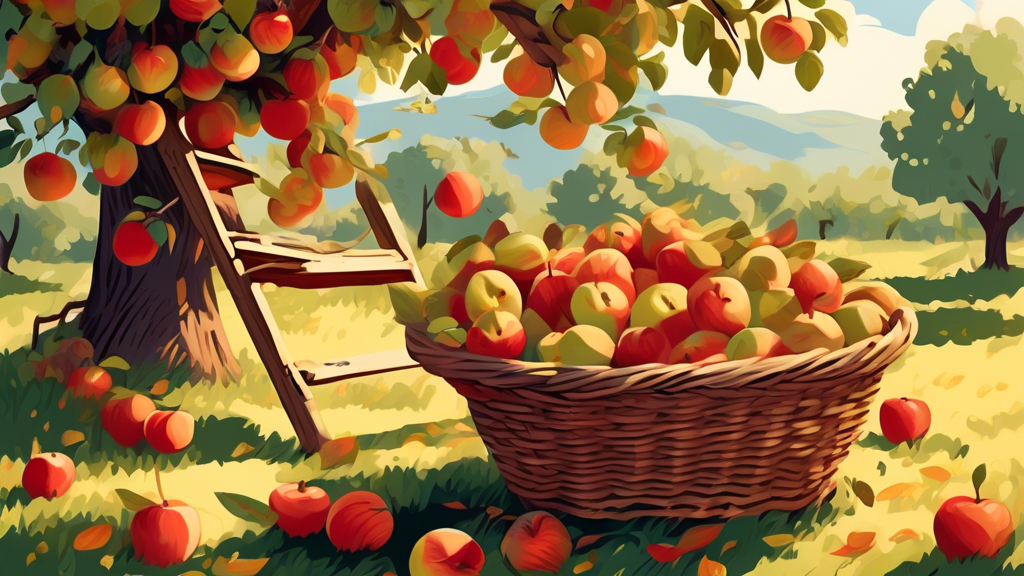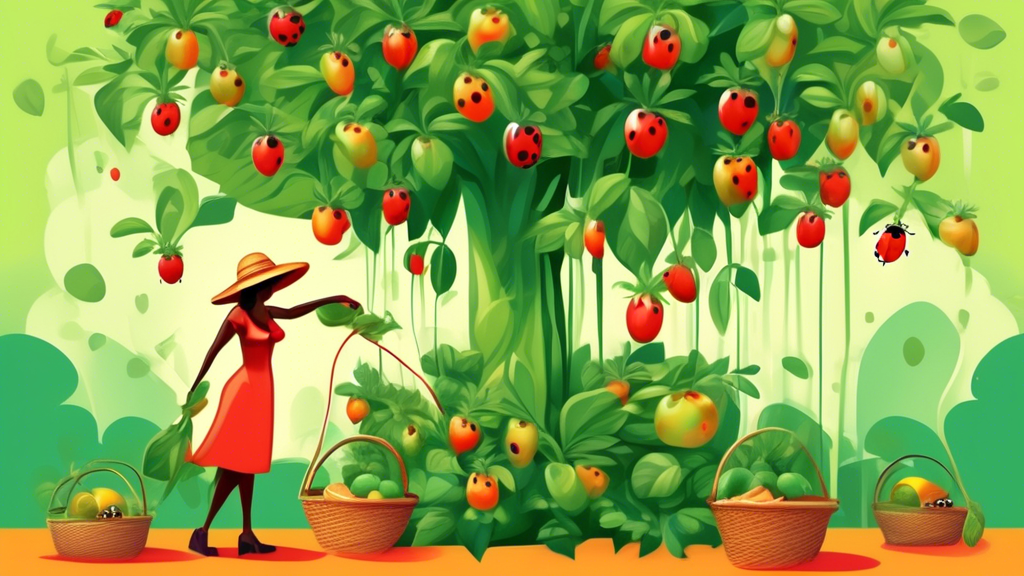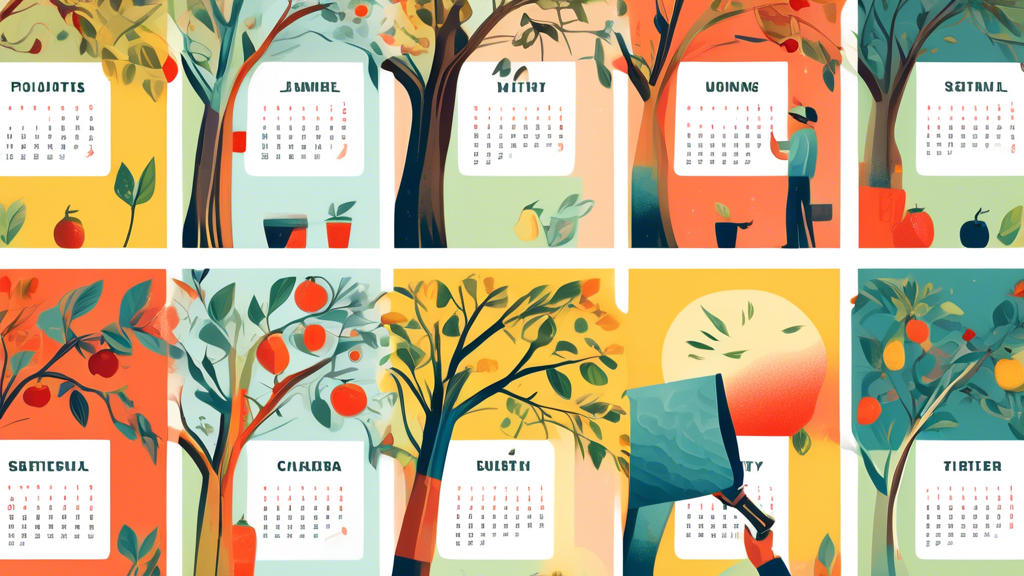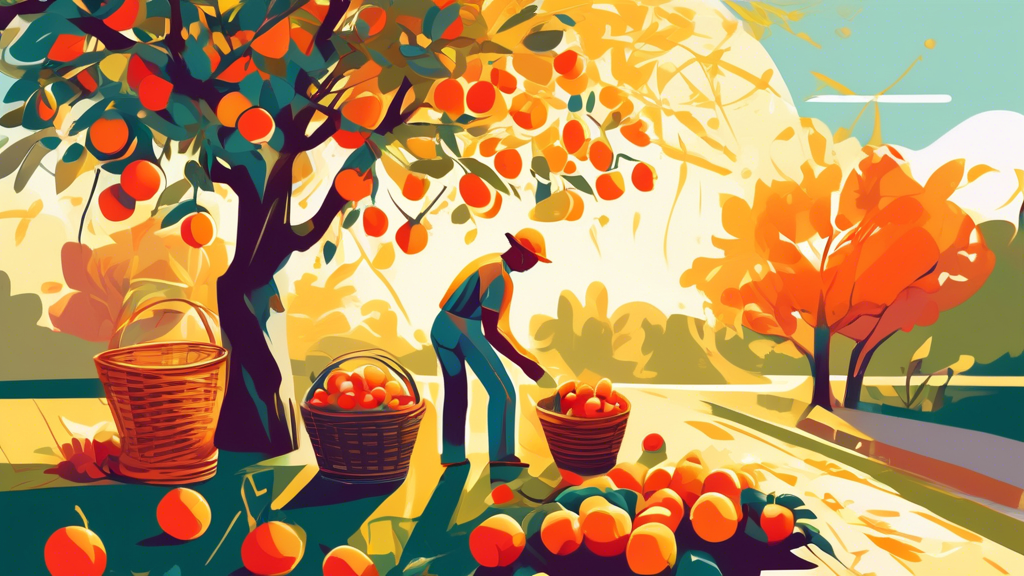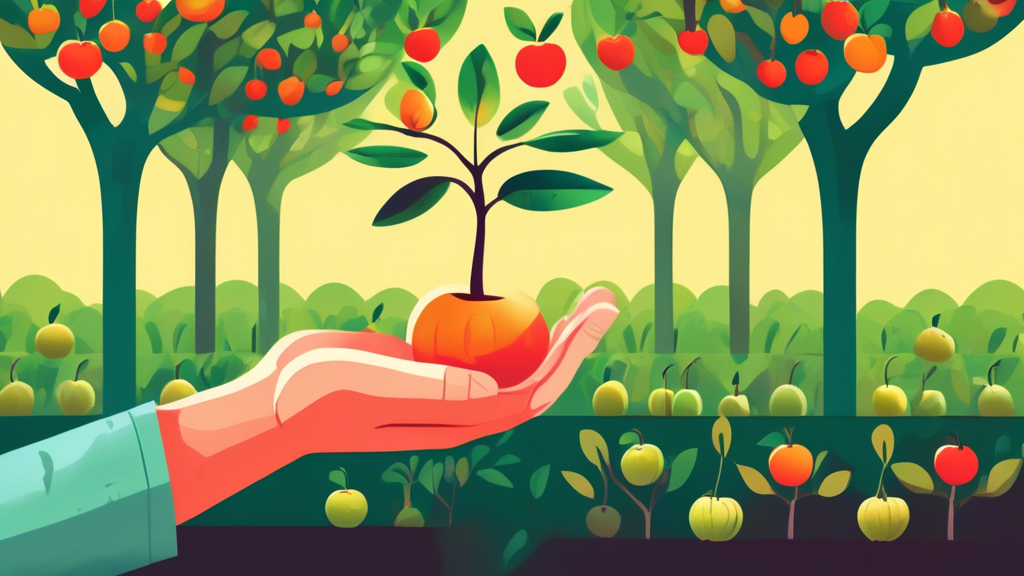
Why Grow Fruit Trees from Seeds? The Rewards and Realities
The Joys of Seed-Growing
Embarking on the journey of growing a fruit tree from a seed is an incredibly rewarding experience. It’s remarkably cost-effective, often requiring nothing more than a seed from fruit you already enjoy. The process offers a profound sense of satisfaction, allowing you to witness the full life cycle of a tree. Furthermore, you are contributing to genetic diversity, as every seed-grown tree is a unique individual, unlike the cloned varieties you find at nurseries.
Common Challenges & How to Overcome Them
Many aspiring growers face a few common hurdles. The long wait for fruit can be discouraging, but the solution is to reframe your perspective and find joy in the nurturing process itself. Another frequent concern is that the fruit won’t be “true-to-type,” meaning it won’t be an exact copy of the parent fruit. Rather than seeing this as a failure, view it as an opportunity—you might just cultivate a delicious new variety that’s all your own. Finally, low germination rates can be frustrating, but this is almost always solved by proper seed preparation, a step we will cover in detail.
Getting Started: Seed Selection and Preparation
Choosing the Right Seeds for Success
For the best chance of success, start with seeds from beginner-friendly trees like Apple, Peach, Plum, and Cherry. Always source your seeds from ripe, organic fruit, preferably from a local source, as these seeds are more likely to be viable and adapted to your climate.
The Critical Step Most People Skip: Seed Stratification
Stratification is the process of mimicking winter conditions to break a seed’s natural dormancy. For many temperate fruit trees like apples and cherries, this involves a period of “cold moist stratification” in your refrigerator.
Something Unique You Might Not Know: While many seeds require a cold period, some tropical seeds, like those from citrus or mango, are “recalcitrant.” This means they cannot be dried out and stored. They must be planted immediately while still fresh and moist from the fruit; otherwise, they will lose viability and fail to germinate.
The Planting Process: From Seed to Seedling
Creating the Perfect Germination Environment
Your seeds need a comfortable home to sprout. Use a light, well-draining soil mix—a combination of peat moss, vermiculite, and perlite works well. Plant the seeds at a depth of about twice their size in a small pot with drainage holes, and keep the soil consistently moist but not waterlogged.
Caring for Your Baby Trees
Once your seeds germinate, they will need plenty of bright, indirect light and stable room temperatures. Avoid the temptation to over-fertilize; a gentle, diluted fertilizer can be introduced once the seedling has several sets of true leaves. When the seedling outgrows its starter pot, it can be carefully transplanted into a larger container.
Seed-Grown vs. Grafted Trees: A Crucial Comparison
| Aspect | Seed-Grown Trees | Grafted Trees |
|---|---|---|
| Fruit Quality & Type | Unpredictable; produces a unique variety | Predictable; fruit is true-to-type |
| Time to First Fruit | Long (5-10+ years) | Short (2-4 years) |
| Cost | Very low or free | Higher initial cost |
| Root System & Hardiness | Often more resilient and deep | Dependent on rootstock |
Which Method is Right for You?
Choose to grow from seed if you are fascinated by experimentation, want a deeply rewarding long-term project, or are interested in breeding new varieties. Opt for a grafted tree from a nursery if your priority is a reliable harvest of a specific fruit variety within a few years, especially in a small garden space.
Long-Term Care for Your Orchard-in-Training
The First Few Years: Patience is Key
The initial years are about building a strong foundation. Gradually acclimate your young tree to the outdoors in a process called “hardening off” before planting it in its permanent, sunny location. Light pruning in the early years will help establish a strong structural framework for the future.
The Ultimate Tip for Success: Grafting Your Mature Seedling
Here is a pro-gardener’s secret: you don’t have to choose one method forever. You can let your hardy, seed-grown tree establish itself for a few years. Once it is robust, you can graft branches (called scions) from known, desirable fruit varieties onto its branches. This technique, known as “top working,” gives you the resilient root system of a seed-grown tree with the guaranteed, delicious fruit of a grafted tree.
Frequently Asked Questions (FAQs)
How long does it take for a fruit tree to bear fruit from seed?
The timeline varies significantly by species, but you should generally expect to wait between 5 and 10 years. Stone fruits like peaches and plums are often on the shorter end of this range, while pome fruits like apples and pears typically take longer.
Will an apple seed from a Red Delicious apple grow into a Red Delicious tree?
No, it will not. Commercial fruit trees are hybrids, and the seeds they produce contain a mix of genetics from the parent tree and its pollinator. The seed from a Red Delicious apple will grow into a completely new and unique apple variety.
Can I just plant a seed directly from a fruit into the ground?
While it is possible, the success rate is very low. In nature, the seed would undergo a natural winter stratification process. By controlling this process yourself, you dramatically increase your germination rates, which is a fundamental part of learning how to grow fruit trees from seeds successfully.
What is the most common reason for failure when growing fruit trees from seeds?
The two most common reasons for failure are improper stratification (not simulating a cold period for seeds that require it) and overwatering, which leads to seed and seedling rot before they can even establish themselves.
